5 bedroom design mistakes that could be ruining your sleep at night — here's why
These bedroom design mistakes could be ruining your sleep
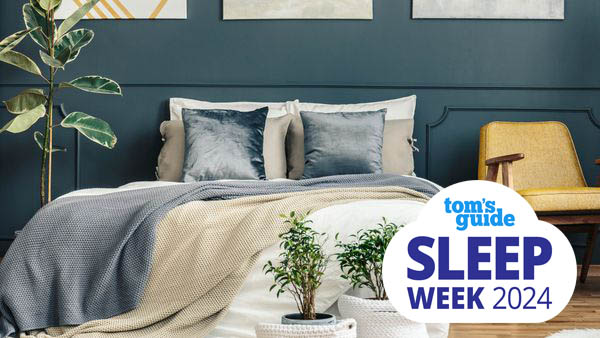
The bedroom is our cozy, relaxing sanctuary where we retire to and sleep at the end of the day. But if you have trouble sleeping or wake up feeling grumpy, it could be down to your bedroom design.
Besides being aesthetically pleasing, the way we design and arrange our bedrooms can have a negative or positive impact on our sleep quality. A good night’s sleep is vital for us to function properly, and a lack of quality rest will make us prone to the effects of sleep deprivation, including low immunity, poor cognitive abilities, and decreased motivation.
And despite investing in the best mattress for your sleep style, and trying everything possible when you can’t sleep, you could be guilty of one of these bedroom design mistakes that could be ruining your sleep.
In addition, there are common things that are stopping you from having a good night’s sleep, such as browsing apps on your smartphone or electronic devices or eating meals too late.
So, if you want to wake up feeling well-rested and energised, avoid these 5 bedroom design mistakes for a peaceful and sound sleep.
Plus, you could try creating a more calming environment with the help of these popular Feng Shui bedroom tips.
1. Dramatic wall paint colors

According to the theory of color psychology, the role of colors can greatly affect our emotions, moods and even behavior. So if you’ve painted your bedroom walls in a dramatic or bright tone, this could be creating an overstimulating environment, rather than a soothing and calming one.
Get instant access to breaking news, the hottest reviews, great deals and helpful tips.
In fact, rich tones such as red, yellow or purple are known to disrupt sleep, and can also make a space feel cramped and uninviting. Instead, opt for neutral tones such as beige, white or anything with gray undertones in a bedroom, and beware of these 5 paint colors you should never use in the bedroom.
However, if you want to inject a splash of bold color in the bedroom to uplift it, stick to a focal point, accent wall or soft furnishings such as rugs or cushion covers.
Generally, bright paint colors are ideal for home offices and study areas since they energize the mind and stimulate creativity.
2. Choosing style over comfort
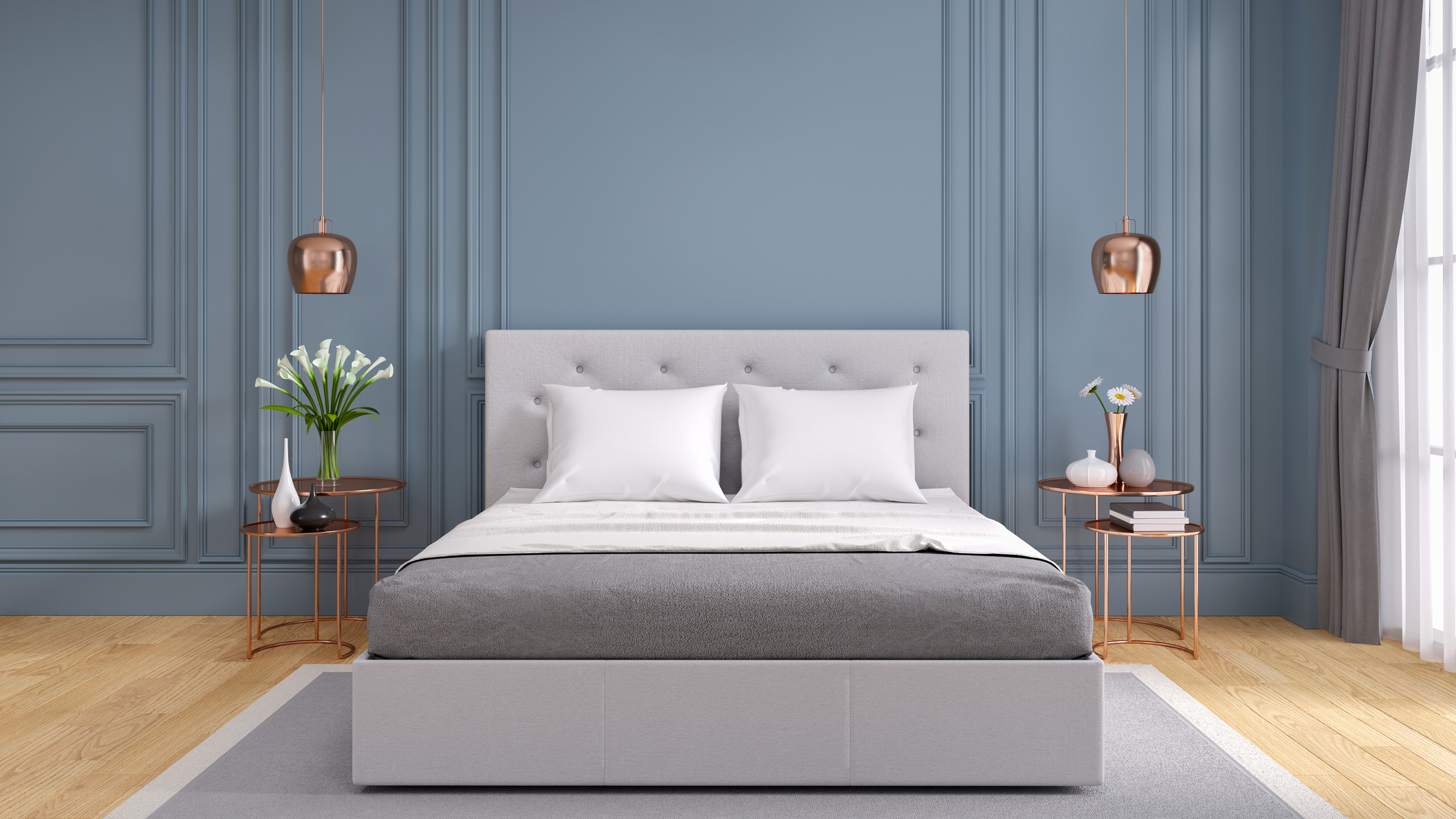
There’s no point buying the on-trend bed frame or latest, giant throw pillows to spruce up your interiors, if they’re not going to be comfortable to sleep on.
Invest in a supportive bed frame, one of the best mattress or mattress toppers, and of course, the best pillows for your sleep style and needs — rather than buying for style. What’s more, if you buy the wrong type of bedding, this can lead to neck, shoulder and upper back pain — which can all disrupt sleep.
Experts suggest that sleeping on a single pillow is the best option to keep spine alignment in its natural form, and prevent any niggling aches or pains. Not only does this reduce the risk of discomfort or waking up with a stiff neck, but allows for better breathing and circulation.
“One pillow allows for a more natural alignment of the spine and neck, which can help reduce the risk of pain and discomfort,” states Kelly Collins, Head of creative at Swyft Home.”While two pillows can provide additional support for the neck and shoulders, which can be beneficial for people with certain conditions such as chronic neck pain or sleep apnea.” So try to avoid sleeping on a pile of cozy, plush pillows!
In any case, there are still ways to make your home feel cozy, without compromising on your sleep.
Nectar Mattress: from $349 at Nectar Sleep
During Sleep Awareness Week, you can save up to 40% on a range of memory foam and hybrid mattresses at Nectar Sleep. We rate the Nectar Memory Foam as the best mattress for most sleepers with a smaller budget seeking a breathable and supportive all-foam bed to relieve pressure on joints, reducing aches and pains. A queen is now reduced to $649, with a lifetime warranty and a year's sleep trial.
3. A cluttered bedroom
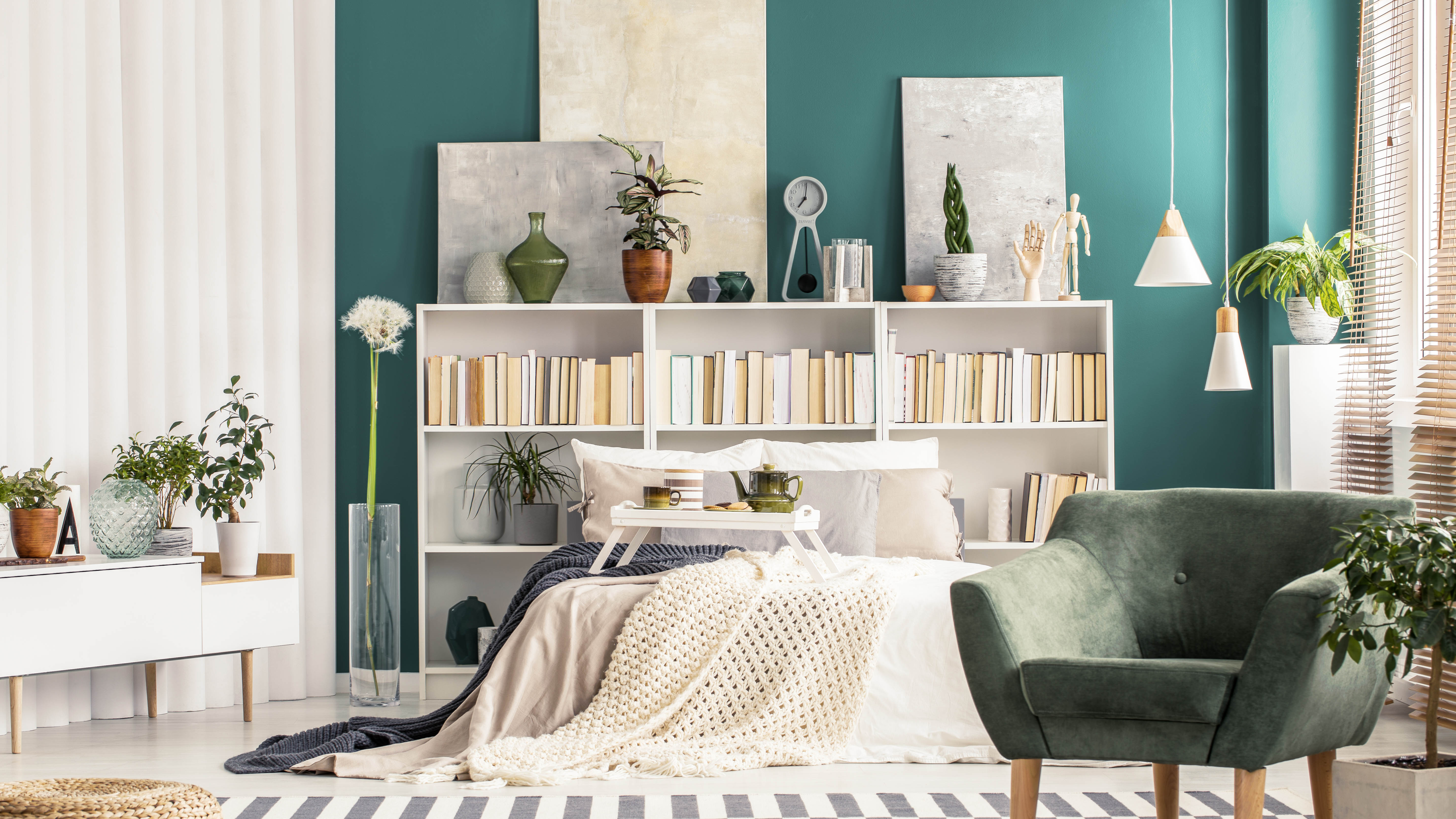
As the saying goes, a cluttered space is a cluttered mind. And if your bedroom is packed with excess furniture, decorative accessories, laundry piles or even shopping bags lying around, these can all impact your sleep. What’s more, clutter will obstruct your room's visual flow, making your room difficult to navigate and keep organized.
If possible, you’ll want to create a minimalist, airy, calm retreat, rather than being overwhelmed with ‘stuff’. First, you’ll probably need to declutter your home, starting with these three things you should declutter right now, according to experts.
Not only will this create more floor space, but can also make a small bedroom look bigger. And if you have a cluttered bedside table, you only need these 7 essential things to keep on your nightstand.
In addition, if you have your favorite reads before bedtime, and your books are stacking up, move them out into another room or on a bookshelf. Books are another distraction, and can contribute to the quality of sleep. If need be, only keep one book that you are currently reading in the room. Putting a bookcase or bookshelves in the bedroom are a no-no!
Once you've tided your bedroom you'll then be able to discover how decluttering your bedroom can make you fall asleep faster.
4. Too much tech
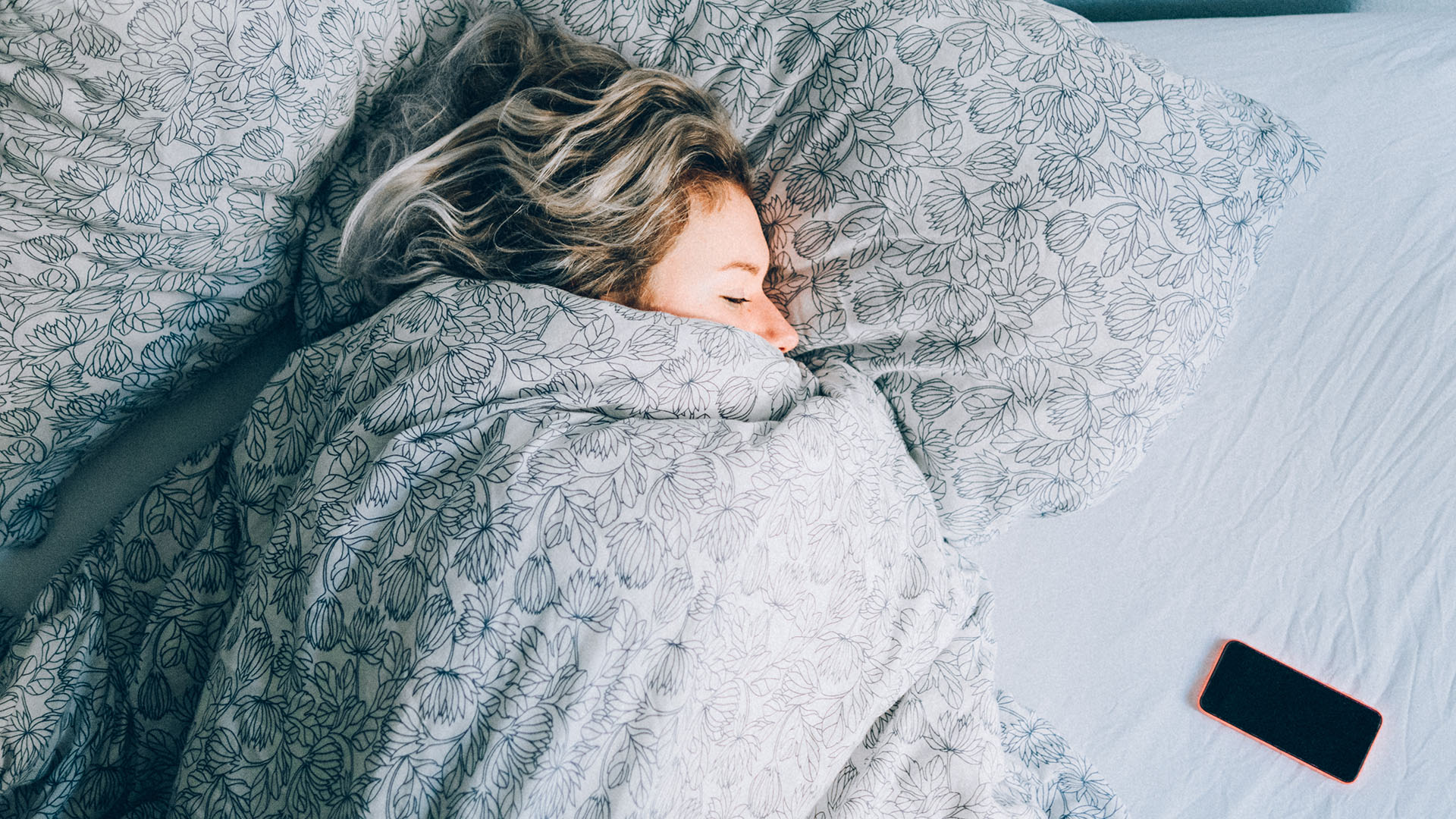
Whether it be checking emails, online shopping or even those late-night, Netflix binges, we’ve all been guilty of using electronic devices before bedtime. However, there is much research on how screen time can affect the quality of sleep.
These devices emit a blue light that essentially boosts mood and alertness during the day. And while it’s all good during the day, it can affect our body’s sleep hormones making it difficult to feel tired.
It’s advisable to remove any tech from the bedroom — including a television. And if you tend to use your phone as an alarm, you could try using a sunrise alarm clock as an alternative.
Interestingly, watching television is considered to be one of the most stimulating activities you can do — without even moving an inch! “Working out a crime, being scared out of our wits, or learning are all things that are daytime activities and not something we should do in the hour before bed,” says James Wilson, expert and founder of The Sleep Geek, “Watch something funny, repetitive or trashy and your brain relaxes and switches off.” In any case, if you want a good night’s sleep, it’s best to keep your bedroom a tech-free zone!
5. Wrong lighting in bedroom
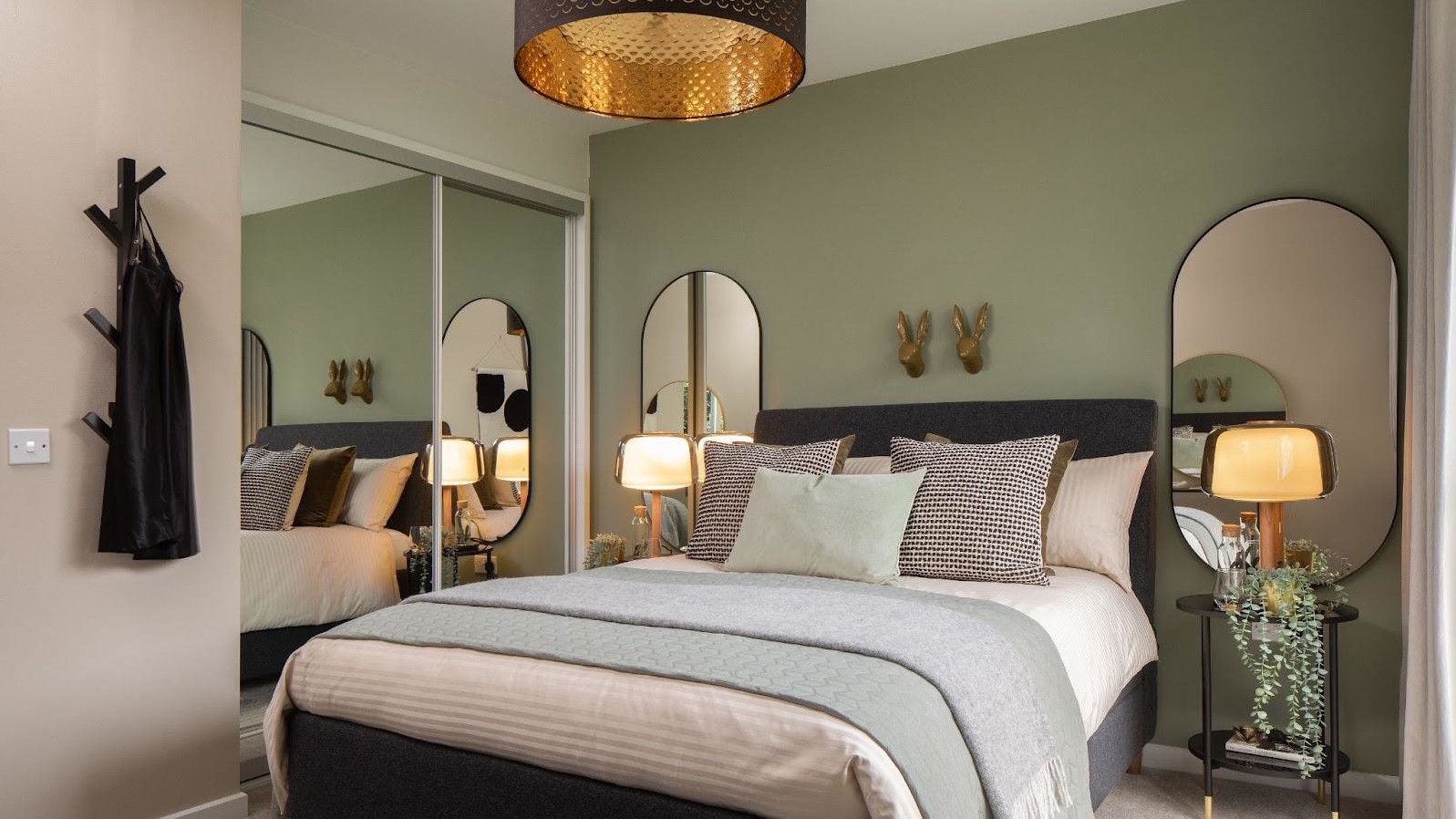
Another bedroom design mistake that could be ruining our sleep is our lighting choices. If you have bright lighting in your bedroom, this can affect your body's melatonin production — the hormone that makes us feel tired and sleepy.
If you want to unwind before bedtime, it’s best to choose a dim light tone or a warm lamp nearby to create a relaxing ambiance. You can opt for one of the best smart lights, or bedroom lamps that come with an adjustable dimmer.
If you do need to get up at night however, you might want to consider buying motion sensing night lights. These will only come on for a brief moment, but won’t over stimulate your brain. Magnetic steps such as these LEPOTEC 30-LED Motion Sensor Cabinet Light ($23, Amazon), are ideal for placing inside closets, drawers or on the bottom of your bed frame.
Before installing new lighting however, avoid these 7 home lighting mistakes you didn’t know you were making.
More from Tom's Guide
- If you have a compact space, try these 7 hacks to make a small bedroom look bigger
- Or 5 ways to update your bedroom without a complete revamp
- Also, should your bed face the door? Here's what the experts think

As the Homes Content Editor, Cynthia Lawrence covers all things homes, interior decorating, and garden-related. She has a wealth of editorial experience testing the latest, ‘must-have’ home appliances, writing buying guides and the handy ‘how to’ features.
Her work has been published in various titles including, T3, Top Ten Reviews, Ideal Home, Real Homes, Livingetc. and House Beautiful, amongst many.
With a rather unhealthy obsession for all things homes and interiors, she also has an interior design blog for style inspiration and savvy storage solutions (get rid of that clutter!). When she’s not testing cool products, she’ll be searching online for more decor ideas to spruce up her family home or looking for a great bargain!

